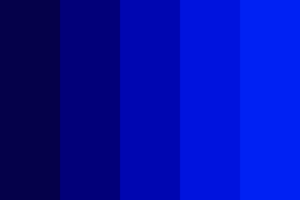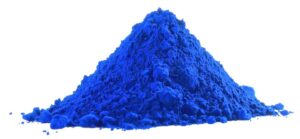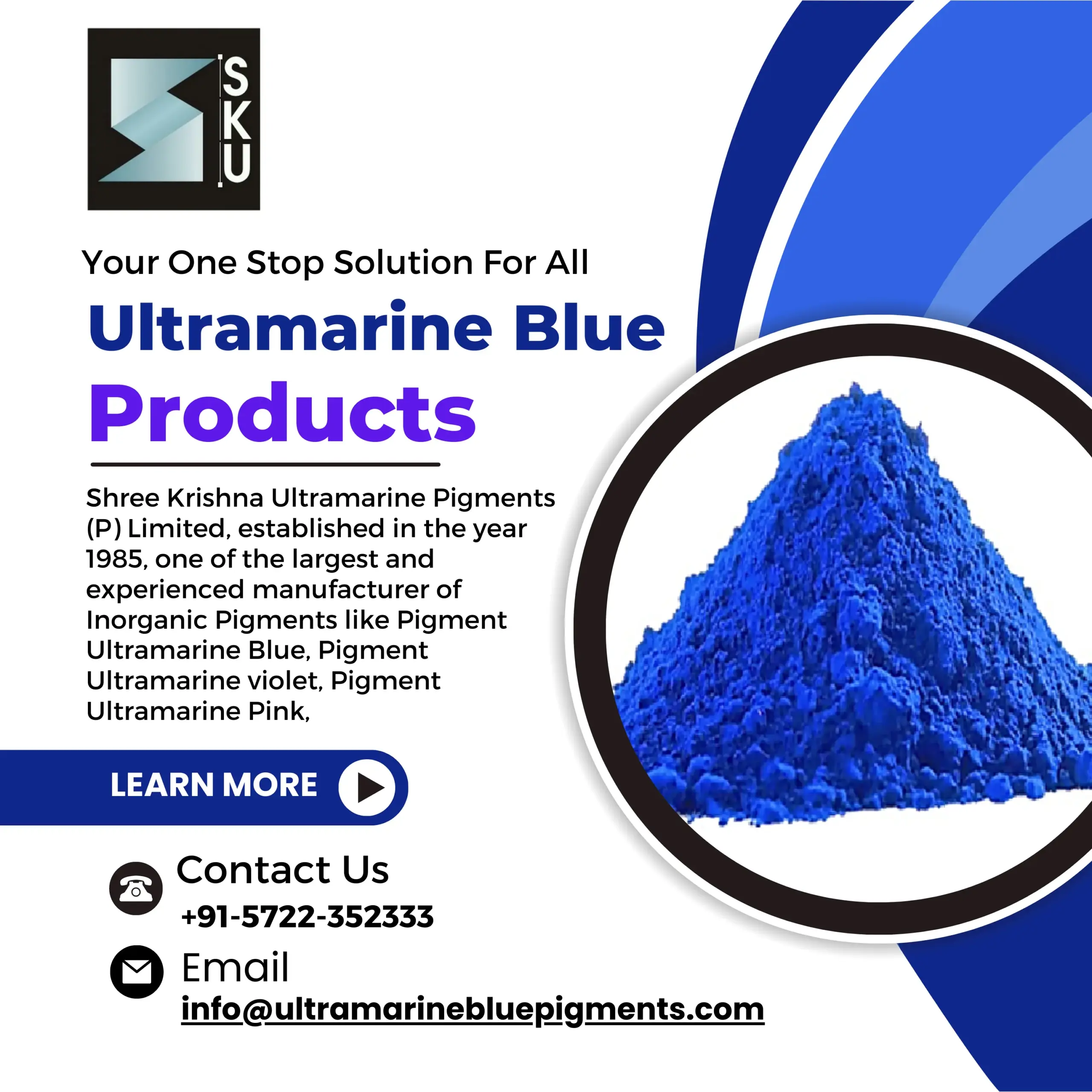The Intriguing Science Behind Ultramarine Blue: Ultramarine Blue formula
The Intriguing Science Behind Ultramarine Blue
Introduction
Unravel the secrets of the …Read More
What is ultramarine blue pigment used for?
Ultramarine Blue Applications
Welcome to our product page, where we dive …Read More




